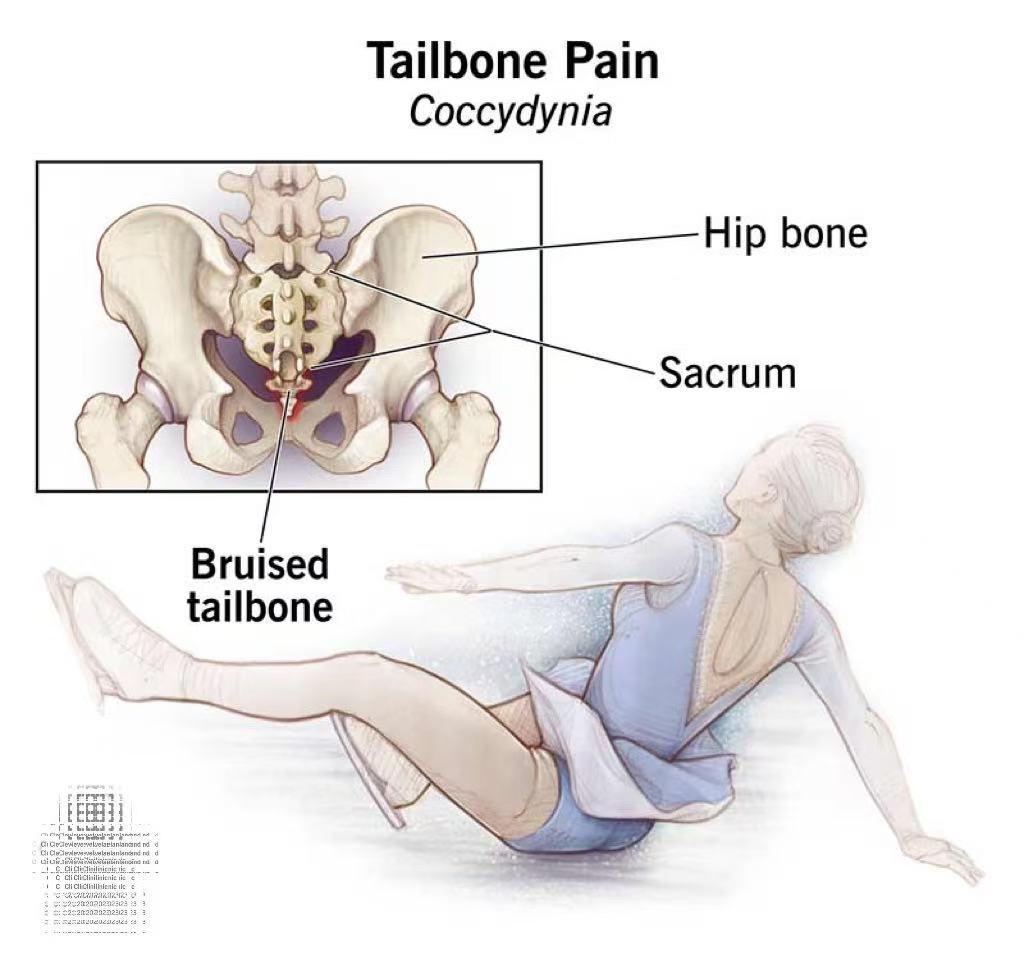
{{expert.day}}
{{expert.month}}
1. Warm Up & Dynamic Activation
A good warm-up prepares the ankle joint and surrounding muscles for high-impact movements.
Spend 10–15 minutes on:
High knees, side shuffles, and lunges
Ankle circles, toe walks, and low jumps
Dynamic calf and Achilles stretches
Never skip warm-up before drills or competitive play. Cold muscles = higher injury risk.
2. Build Ankle Strength & Stability
Regular strength and balance exercises are key to long-term injury prevention.
Recommended exercises:
Resistance band ankle pulls (in all directions)
Single-leg balance drills (on floor or balance pad)
Calf raises and jump rope
Proprioception training (eyes-closed balance, agility ladder)
3. Wear the Right Footwear & Support
Choose high-top basketball shoes with strong ankle support
Keep laces tight and secure
Consider ankle braces or taping for extra support, especially if you’ve had past injuries
4. Practice Proper Jumping & Landing Mechanics
Many ankle sprains happen during poor landings. Key technique points:
Land on both feet, knees slightly bent
Keep ankles aligned under knees, don’t land stiff-legged
Be aware of opponents’ feet — many sprains happen from landing on someone else
Train landing as deliberately as you train jumping.
5. Respect Fatigue & Recovery
Tired muscles lead to poor control and sloppy movements
Take rest days each week to allow tissues to recover
Don’t push through ankle soreness — even minor pain can signal risk
6. Respond Quickly to Minor Sprains (R.I.C.E.)
If a mild sprain occurs, early intervention is key:
R — Rest; I — Ice; C — Compression; E — Elevation
And most importantly: Do NOT continue playing on a fresh injury.
Summary:
Area Prevention Focus
Pre-Game Dynamic warm-up & joint activation
Training Ankle strength & balance drills
Technique Safe jump & landing form
Equipment Supportive shoes & ankle braces
Recovery Rest, icing, and mindful training load
Tip:
Smart athletes don’t just play hard — they play safe.
Take care of your ankles, and they’ll take care of your game.




